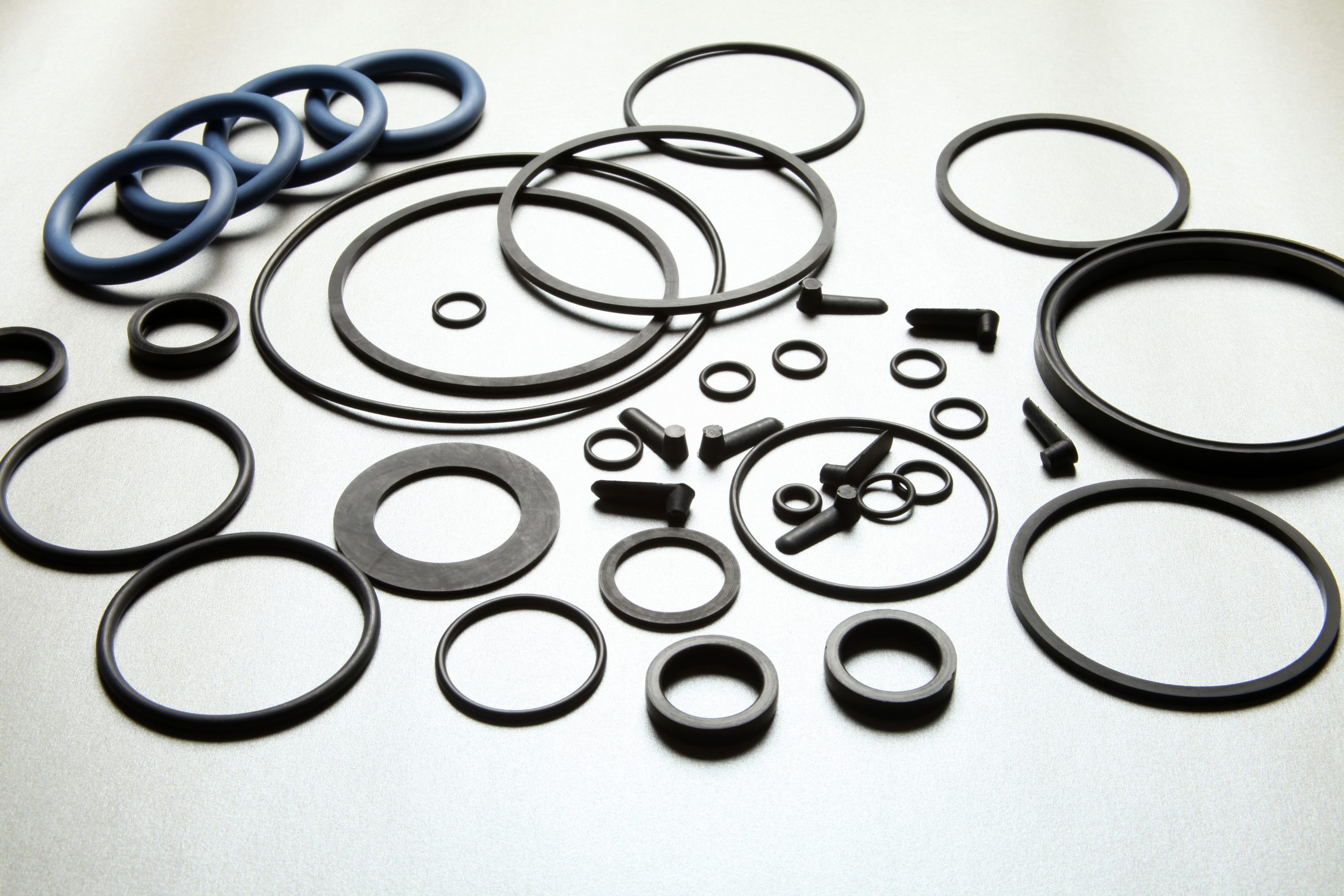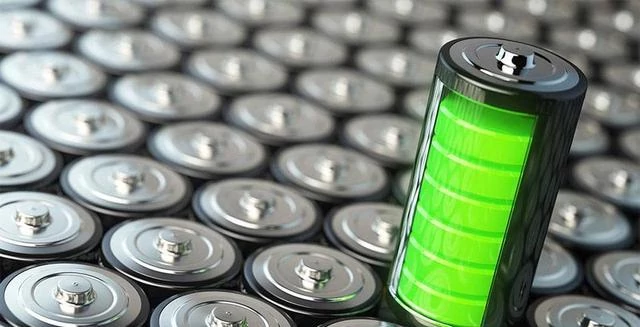The type of battery sealing ring Battery sealing ring is...
The manufacturing process of welding terminals
The manufacturing process of welding terminals involves a variety of techniques and steps aimed at producing electrical connection components of high quality and reliability. These terminals are essential in various industries such as electronic equipment, automobile manufacturing, and electrical equipment. The manufacturing process not only considers material selection, but also requires sophisticated processing techniques, strict quality control and inspection standards to meet diverse application requirements. This article will introduce the manufacturing process of welding terminals, including material preparation, molding technology, surface treatment, assembly and inspection, and the process points of each step.
manufacturing process
Material preparation
The manufacturing process of welding terminals begins with the selection of appropriate raw materials. Commonly used materials include copper, brass, phosphor bronze and stainless steel, among others, which provide good electrical conductivity and mechanical strength.
Coil cutting: In the material preparation stage, raw materials are usually supplied in the form of coils or sheets. The coil is cut by a cutting machine to a suitable size and shape for subsequent processing.
Molding technology
The molding of terminals is the core of the manufacturing process and involves the processing of raw materials into predetermined structures and shapes.
Stamping: The use of stamping machine will be cut good material processing into terminal blanks. The design accuracy of the stamping die directly affects the dimensional accuracy and yield of the terminal.
Bending and forming: The stamped terminal blank usually needs to be further processed through a bending machine for complex shapes to form specific angles and arcs to make it suitable for practical applications.
Forging or extrusion: For terminals that require high strength and complex shapes, forging and extrusion processes can improve the density and mechanical properties of the material.
Surface treatment
Surface treatment improves corrosion resistance, weldability and electrical conductivity of the terminals.
Tin plating: Tin plating is the most common treatment, which can effectively prevent oxidation and improve solderability.
Nickel or silver plating: These surface treatments enhance the wear and heat resistance of the terminals for demanding electrical and mechanical applications.
Anodizing: Anodizing aluminum terminals can improve their corrosion resistance and insulation properties.
Assembly and inspection
The assembly of the terminals may include additional detail processing and fittings fixing, such as the addition of insulation sleeves.
Automated assembly: With the help of automated equipment to complete the assembly of terminals, can greatly improve productivity and consistency.
Inspection and testing: The manufactured terminals need to undergo rigorous inspection and testing. Testing includes electrical conductivity testing, mechanical strength testing, and corrosion resistance testing to ensure that the finished product meets industrial standards and customer requirements.
Packing, storage and transportation
After inspection, the terminals should be reliably packed to prevent damage during transportation and storage.
Moisture-proof packaging: use moisture-proof film or desiccants to prevent the influence of wet environment on the terminal surface treatment layer.
Marking and classification: Marking and classification of terminals to ensure that different specifications and models of products can be correctly identified and applied.
conclusion
The manufacturing process of welding terminals is a complex and fine process, which requires the comprehensive application of technologies in many fields such as material science, mechanical engineering and electrical engineering. By continuously improving the molding process, improving the surface treatment technology and improving the efficiency with the help of automatic equipment, the quality of welding terminals is continuously improved to meet the high standards and strict requirements of electrical connection needs. Future technological innovations are expected to further optimize these processes, paving the way for the development of smarter and more efficient electrically connected devices.

Home energy storage product series
A lithium battery pack for home energy storage systems, which is compatible with solar panels and the sun The inverter can work together with the power grid to power household appliances, and it can also be used as a For off grid systems.
Extended reading
Introduction to the positive cap of lithium iron phosphate monomer battery
Introduction to the positive cap of lithium iron phosphate monomer...
Introduction to the electrolyte of lithium iron phosphate battery
Introduction to the electrolyte of lithium iron phosphate battery Lithium...
THE ESSC Brand promise
Global supply
Our products sell well all over the world, covering many countries and regions, through the global logistics network, to provide customers with convenient purchasing experience.
Rigorous quality
We adhere to the highest quality control standards to ensure every product meets industry regulations and customer expectations, earning trust through consistent excellence.
Excellent service
With a customer-centric approach, we provide prompt responses, professional support, and personalized services, aiming to deliver the best user experience and long-term value.


